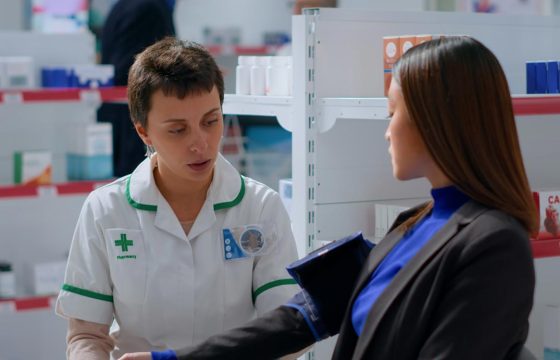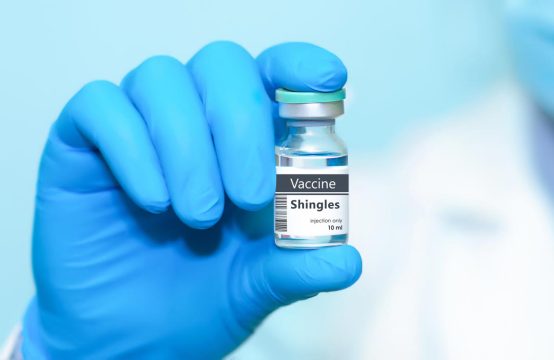Advertisment
GERPAC highlights 2: 3D printing of amiodarone tablets

The feasibility of 3D printing and using amiodarone tablets was explored by Ian Soulairol and colleagues at the University Hospital of Nîmes.
Paediatric drug dosing presents challenges because the weight and maturity of the patients vary considerably. 3D printing of doses on demand offers a potential solution to the problem. The technology has already been developed and is in use for the production of levetiracetam tablets (Spritam®Aprecia Pharmaceuticals). However, in this case it is being used as an alternative to traditional compression tabletting in order to make a tablet that disintegrates rapidly (ZipDose® technology).
The researchers used fused deposition modelling to produce oral 3D printlets (3Dp) of small doses of amiodarone, suitable for paediatric use, from a 20% (w/w) amiodarone filament supplied by a pharmaceutical laboratory. A 3D printer (Prusa® MK3S) was used to produce three batches each of three different strengths (25, 140 and 200 mg) of amiodarone. Three operators each received one hour’s training on using the printer. When the tablets were tested the overall variation in mass was 4% and in content 6%.
The authors noted that the process itself was easy and that training time was short, particularly when compared with the training required to produce capsules. Moreover, it could easily be undertaken in a hospital pharmacy in real conditions. The quality of the final product relies heavily on the uniformity of drug content in the filament. The printer that was used was not ideal for tablet printing and there is a need for printers that meet the requirements of Good Preparation or Manufacturing Practices.
In a separate experiment the researchers compared the ease of delivering three different doses of amiodarone in an oral syringe using amiodarone capsules (5, 20, 70 and 100 mg), amiodarone suspension 50mg/ml and the 3D printlets. They concluded that the 3D printlets offered the advantages of solid oral dosage forms whilst ensuring the precision of the oral suspension. They also noted that faster disintegration of the 3D printlets would be helpful.
GERPAC – Groupe d’Évaluation et de Recherche sur la Protection en Atmosphère Contrôlée (Group for Evaluation and Research for Protection in Areas under Control).The 2020 virtual GERPAC Congress was held 23-24th November 2020.





